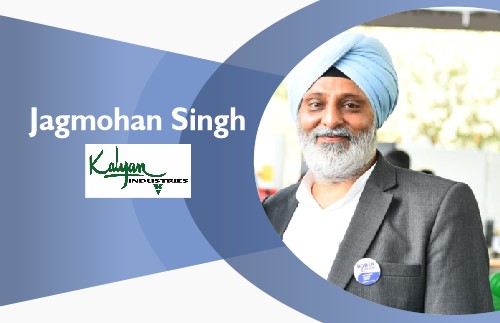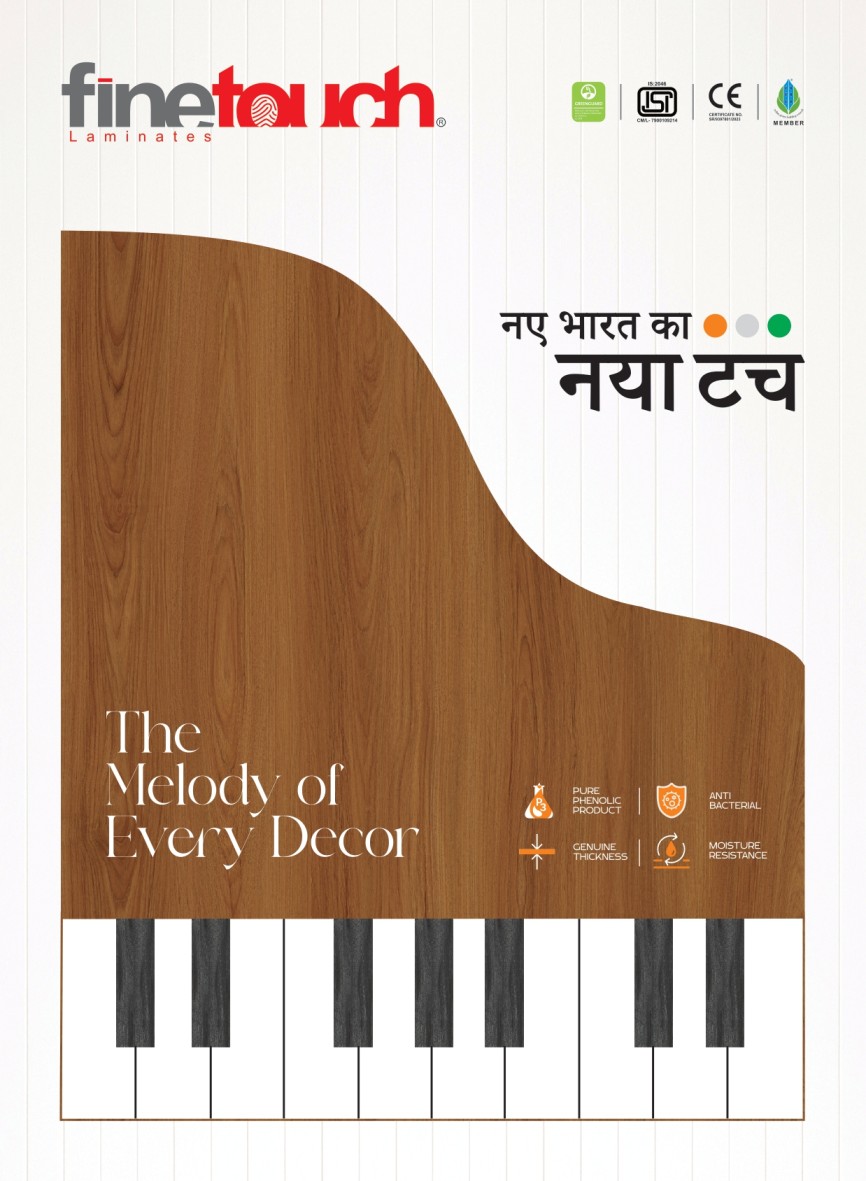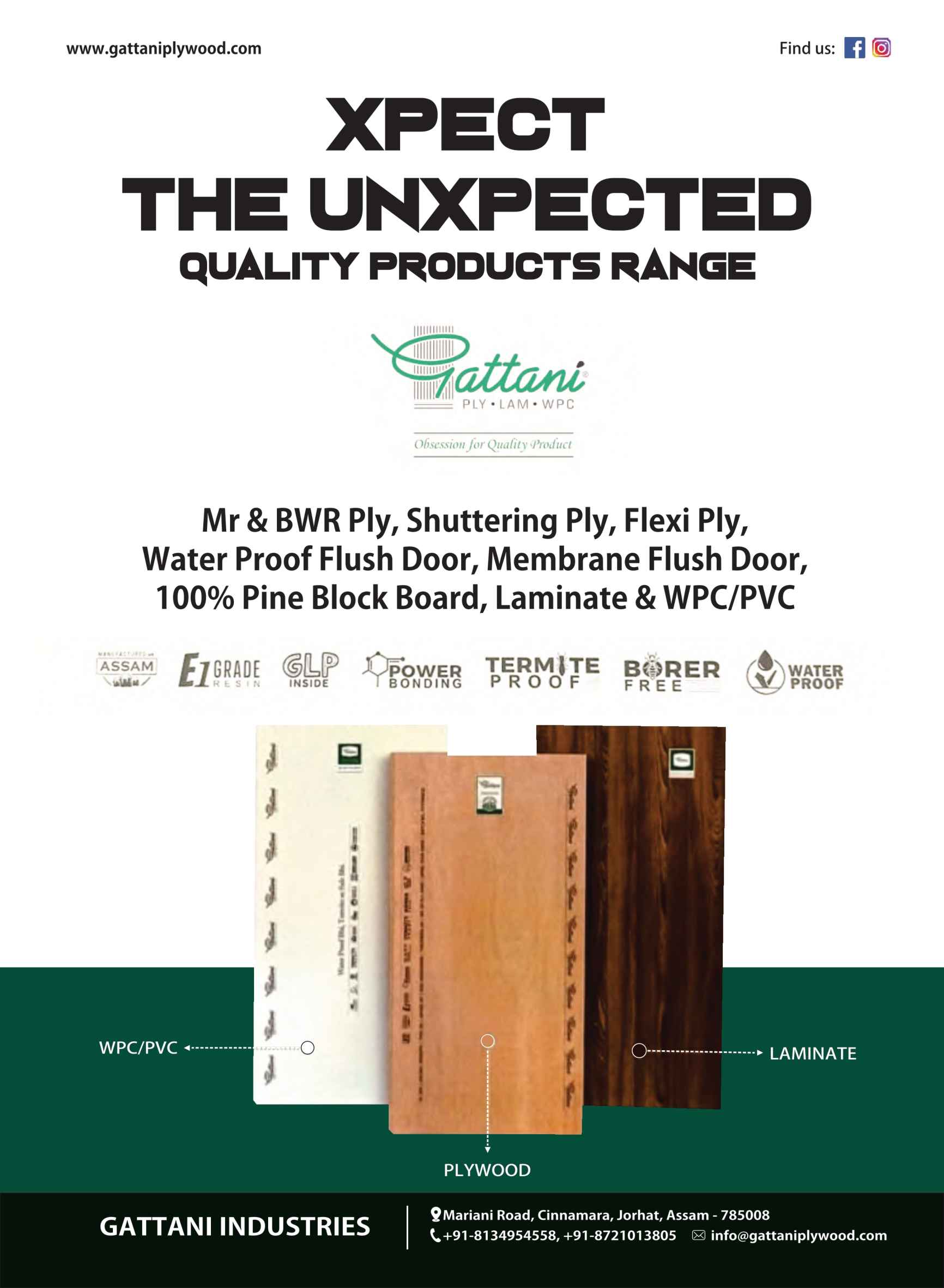
Soaring timber is a big challenge for plywood industry: Bimal Chopra
- May 8, 2024
- 0
What is the situation regarding wood prices?
Timber prices is increasing without any consolation. It has reached a new hight of Rs 1700/1800 per quintal. However, only a single trolley gets this rate. But the problem is that once a trolley is sold at such a higher rate, the farmer and the Aadhati makes it a parameter. If the market resists, the contractors advice the farmers to stop harvesting. It escalates the timber crisis. The cost of production is increasing due to increase in timber rates. Which has made plywood production a real challenge since long. If timber prices are not checked soon then it will be difficult for the plywood industry of Yamunanagar to survive.

Everyone was betting for Popular?
It was believed that the timber crisis will be softened by the beginning of this year. Because poplar saplings were planted on a large scale in Haryana, Punjab and Uttar Pradesh. Now it is everyone’s guess where the wood is stranded. It is necessary to collect information about this. However, ever since farmers have started growing hybrid poplar, they are harvesting the timber at an early age i.e. three to four years. Out turn from such timber is extremely low. Moreover, there is a lot of wastage such unmatured wood. It also affects the quality of the finished product. Which increases production costs.
How industry is impacted?
Yamunanagar plywood industry is awaiting eagerly for the reduction of the popular rates. Otherwise, plywood manufacturers cannot survive in the industry for long (by using such expensive wood). There are about 400 units in Yamunanagar, many units have been closed. Some units are leased out. Most of the units are running in the hope that timber prices will be affordable. The increasing rate of popular is also being linked to the elections. Some industrialists feel that this price rise is because of the elections. But I disagree. I believe that even after the elections the situation will not be comfortable. However business is facing payment problems due to elections. But perhaps it is not right to link wood rates with elections.

What is the future of the plywood industry in this situation?
Due to lack of demand in the market and cheap imports, the price of plywood is stagnant. The situation will become clear to a great extent in the next few months. The balance sheet of manufacturers improved due to the rule of compulsory payment to MSME within 45 days, before the end of the financial year. Due to which there has definitely been some relief in business. Increasing imported timber and core has relieved many units from the shortage of raw materials. Although this is not as much cheap, but due to increase in the flow of raw materials, their production became smooth. But it remains to be seen how long such units will be able to sustain these challenges. Because the price of timber has very little chance of decreasing. For plywood and other wood products, the pre-rainy months of April, May and June are considered particularly important for sales. But these three months seem to be average or below in view of the elections.
What are your view on BIS standards?
The situation could have been very different if ISI had become mandatory. Initially plywood manufacturers were not able to understand its importance. Because this would have immediately banned the import of low quality goods.
But now it has been delayed by a year. It is difficult to say right now how much fruitful it will be at that point of time. However, even in India, two-thirds of the factories are still outside the purview of BIS. The impact of this QCO can be ascertained only on the stand the government will take for them.

MDF, Particle Board are better than Plywood?
MDF and particle board industry doesn’t seem to be comfortable, at present. Import is increasing again. A large number of small units are mushrooming across the country. Only large manufactures can survive in this era. It seems to be a big challenge for small unit operators to sustain themselves. The cost of production in multi day light press of small units is seven to eight percent more than the continuous pressing method of large manufacturers.
Now, because the large one are already established brand, they get five-seven percent more in sale price. Therefore they are able to maintain themselves even in these difficult times. Wood (raw material) which was costing three-four rupees just two years ago, is now selling at more than seven rupees. Even in particle board the situation is not so pleasant. The prices of bagasse is increasing. Therefore, like plywood, this is also a difficult time for particle and MDF.
The demand for core composer and calibrator machines is increasing.
Industrialists are trying to make ‘value added’ products by using these machines. But the rate of the finished product is not achieved in the market. The benefits and mass utilization of such machines can be availed only when the market responds to the extra cost in wood in such products. The Core Composer machine uses full core, and after calibrating it has to be re-pressed. Because of this the production cost increases. But such a product does not fetch more than Rs 2-3 extra in the market. Which is very much short of the actual cost difference.

Now either the entire production process of the unit goes through the calibrator, then a cost effective system can be created. A couple of units have gone completely over the calibrator. But the industry is not enthusiastic on the product.
Has any initiative been taken in the (timber) plantation programme?
Plywood manufacturers are not able to pay attention to tree plantation due to their current day-to-day problems. There is no second thought that we must have to pay attention towards tree planting. So that sufficient quantity of wood remains available in future. This will also help in reducing the rates of wood. If the government gives us degraded land, which has little utility in agriculture. And by reactivating the association, a decision on tree plantation can be taken. Some efforts are being made individually and at the association level also. But the momentum of these effort is still very slow. Everyone will have to work cumulatively to make the process faster, hence everyone’s consent and participation is necessary.
👇 Please Note 👇
Thank you for reading our article!
If you don’t received industries updates, News & our daily articles
please Whatsapp your Wapp No. or V Card on 8278298592, your number will be added in our broadcasting list.

































































